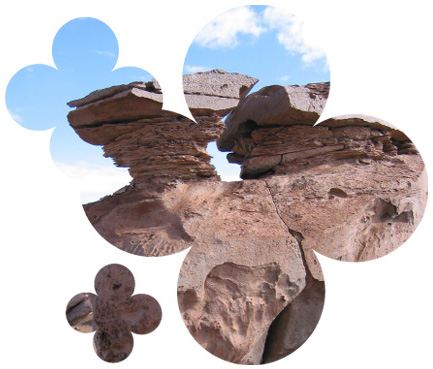

- The origin of osteopathy
The concept of osteopathic medicine was developed by the American physician Andrew Taylor Still (1828 – 1917) in the second half of the 19th century. It is based on the in-depth study of anatomy and physiology, as well as on Still’s understanding that the human organism constitutes an inseparable unity and that health is dependent on the functional balance of the whole of its structures.
After successfully practicing his alternative medicine for a few decades, Still founded the ‘American School of Osteopathy’ in Missouri in 1892. In the years to follow, more colleges were opened and in 1960 osteopathy came to be officially recognized in the USA. From the 1950s on, osteopathy spread in Europe where today it is taught and practiced in most countries.
Development of biodynamic osteopathy
At the start of the 20th century, Dr. William Garner Sutherland (1873 – 1954) developed Still’s teachings further, to focus on activating self-healing processes.
- Sutherland discovered that the bones of the human skull are constantly in movement and he found these same rhythmic movements, which he termed ‘primary respiration’ in the other parts of the body. The understanding of this phenomenon and its therapeutic use for the release of tension form the basis of cranial and biodynamic osteopathy.
Sutherland’s teachings were refined by his student Dr. James Jealous (born 1943). Based on the writings of the German embryologist Dr. Erich Blechschmidt (from whom he borrowed the term ‘bio dynamics’), Jealous realized that the fluid dynamics guiding embryo growth and development represented the fundamental principle of human health. Based on this understanding, Jealous developed the biodynamic model in the 1970s. His model is constantly being refined as new scientific findings on the origin of life continue to enrich biodynamic osteopathy.
Today, biodynamic osteopathy is being practiced worldwide by osteopaths with specialized training.








